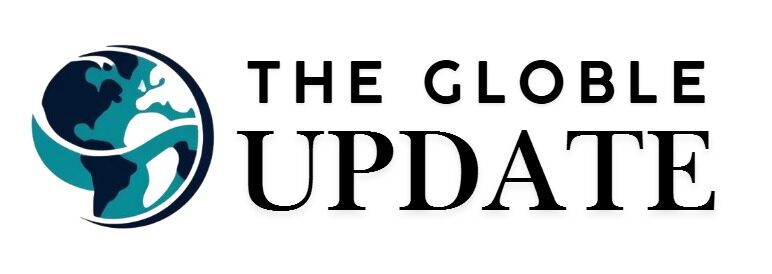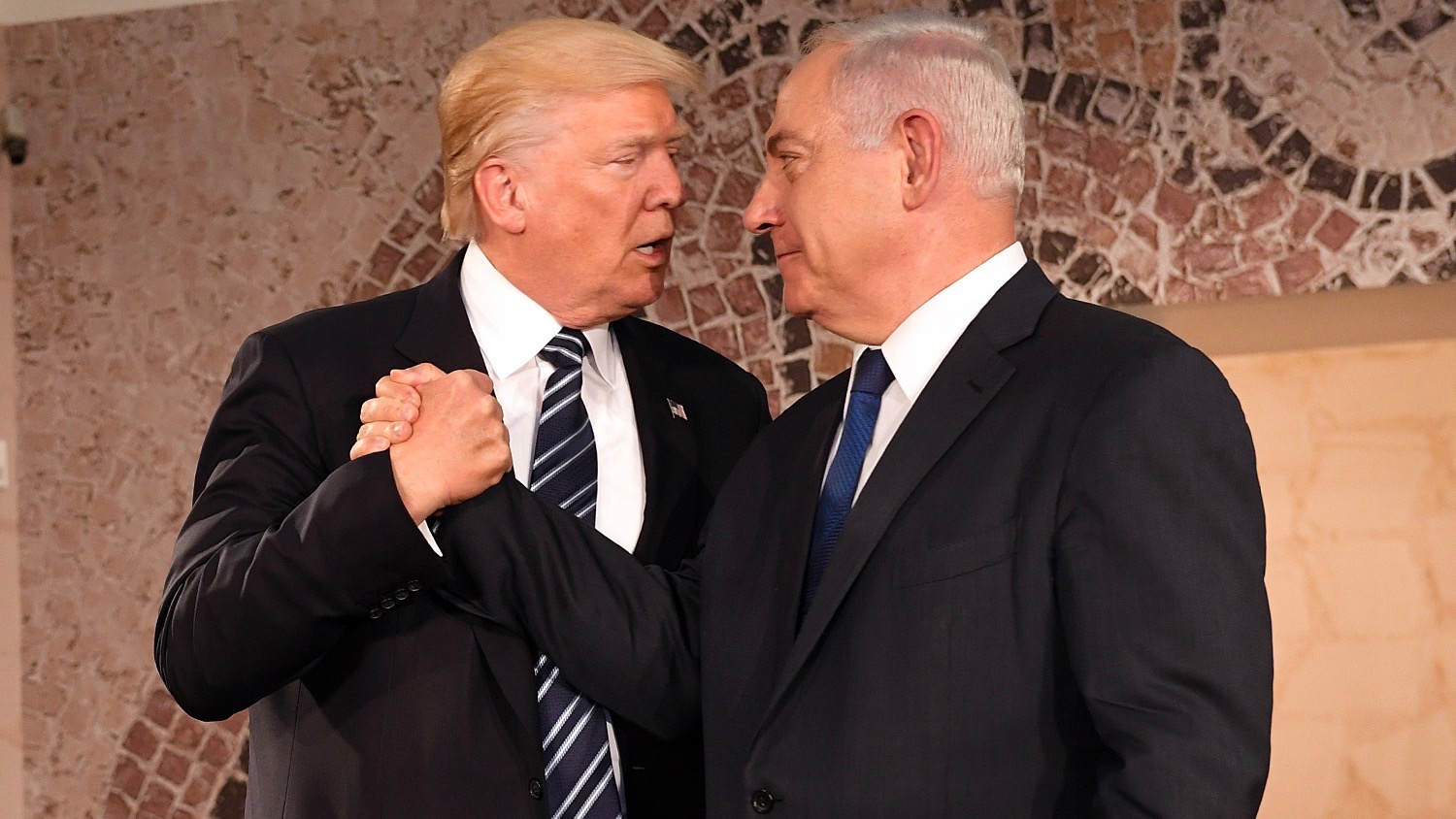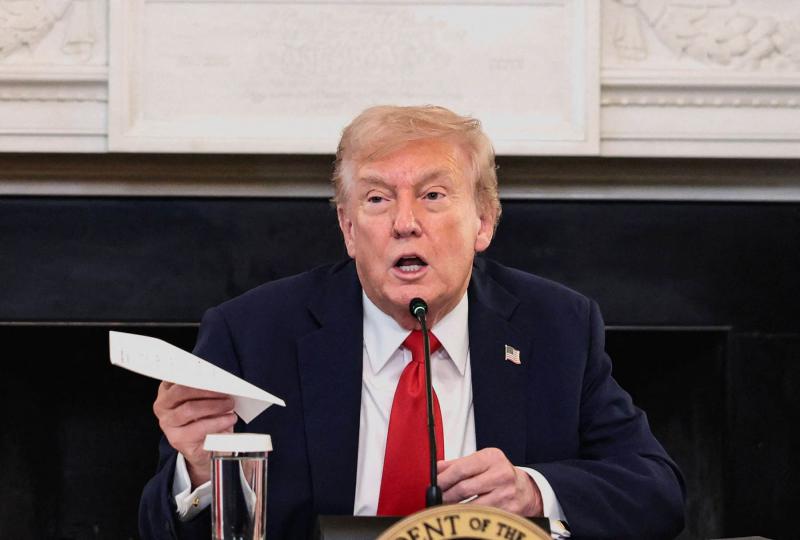Meta Description:
Hamas’ partial acceptance of Donald Trump’s 20-point Gaza ceasefire plan has reshaped the political landscape, forcing Israeli Prime Minister Benjamin Netanyahu into a tight corner. Explore how Trump’s quick reaction, shifting strategy, and bold messaging transformed the ceasefire debate.
Trump Claimed Victory After Hamas’ Response to Ceasefire Plan, Boxing in Netanyahu
When Hamas responded to President Donald Trump’s 20-point proposal to end the war in Gaza, the White House moved with remarkable speed. Within hours, officials shared the militant group’s statement on social media—so quickly that they accidentally attributed it to Trump himself. The response from Hamas, however, only partially endorsed the plan, leaving several crucial elements unresolved.
Despite that, Trump seized the moment. For him, Hamas’ willingness to release all remaining hostages taken during the October 7, 2023, attacks was enough to claim progress. His response, published on Truth Social, suggested he viewed this as a turning point in the long, bloody conflict.
“Based on the statement just issued by Hamas, I believe they are ready for a lasting PEACE,” Trump wrote. “Israel must immediately stop the bombing of Gaza, so that we can get the hostages out safely and quickly!”
This bold statement had a profound diplomatic ripple effect—boxing in Israeli Prime Minister Benjamin Netanyahu, who had only recently been pressured to accept Trump’s ceasefire proposal.
Trump’s Quick Move Shifted the Pressure
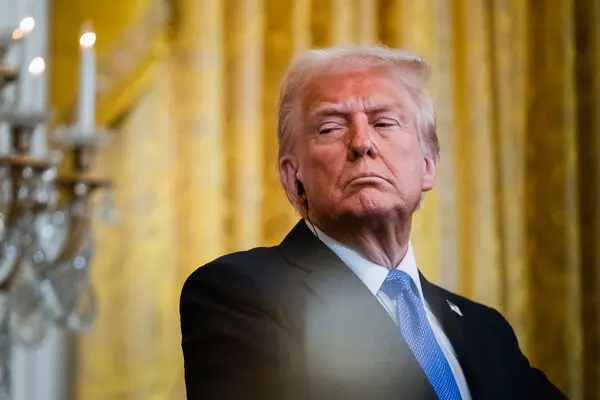
Trump’s reaction came before Israel could publicly respond, catching Netanyahu off guard. His immediate declaration of progress forced Israel into a position of having to cooperate—or risk appearing resistant to peace.
By early Saturday, Netanyahu’s office confirmed Israel’s readiness to begin the first phase of Trump’s ceasefire plan, emphasizing coordination with the U.S. administration.
“We will continue to work in full cooperation with the president and his team to end the war in accordance with the principles set forth by Israel that are consistent with President Trump’s vision,” read the statement from Netanyahu’s office.
In a late-night video message, Trump called it a “big day,” adding that the world was “very close to achieving peace in the Middle East.”
Still, observers noted the lack of direct communication between Trump and Netanyahu that day, signaling potential tension behind the scenes.
A Diplomatic Balancing Act
Trump’s ceasefire strategy appeared to balance several competing objectives:
- Appeasing Arab nations like Qatar, Egypt, and Saudi Arabia that helped broker the deal.
- Maintaining his image as a global peace negotiator.
- Pressuring Israel to show restraint without losing U.S. support.
In contrast to previous U.S. positions, Trump’s message explicitly called for Israel to stop bombing Gaza, a striking shift that surprised both Israeli officials and global observers.
An Israeli source later revealed that Trump’s statement forced Israel to temporarily halt strikes on Gaza City, disrupting planned military operations.
Comparing Responses: Trump vs. Netanyahu
| Aspect | Donald Trump’s Position | Benjamin Netanyahu’s Response |
|---|---|---|
| Reaction Time | Immediate and public through Truth Social | Delayed and cautious |
| Focus | Hostage release, end of bombing | Strategic implementation of first phase |
| Tone | Optimistic and assertive | Cooperative but measured |
| Primary Goal | Diplomatic victory and peace momentum | Maintaining national security while aligning with Trump |
| International Outreach | Thanked Arab mediators | Focused on U.S.–Israel coordination |
This dynamic highlights how Trump’s rapid diplomacy created a new political reality—one that Netanyahu had little choice but to navigate.
Internal Friction and Global Reaction
Even some of Trump’s closest allies expressed skepticism about Hamas’ intentions. Senator Lindsey Graham, for example, described Hamas’ reply as a classic “Yes, but” scenario—accepting some terms while rejecting core demands like disarmament and exclusion from Gaza’s governance.
Trump, however, appeared eager to portray the response as a win, calling it “unprecedented progress” toward Middle East peace.
Behind the scenes, Trump’s team, including Steve Witkoff and Jared Kushner, prepared to travel to Egypt to negotiate the final terms of the ceasefire and hostage release.
The speed of Trump’s actions contrasted sharply with Netanyahu’s methodical approach, reflecting growing tension between the two leaders since Trump’s return to office in January.
Rising Strains Between Trump and Netanyahu
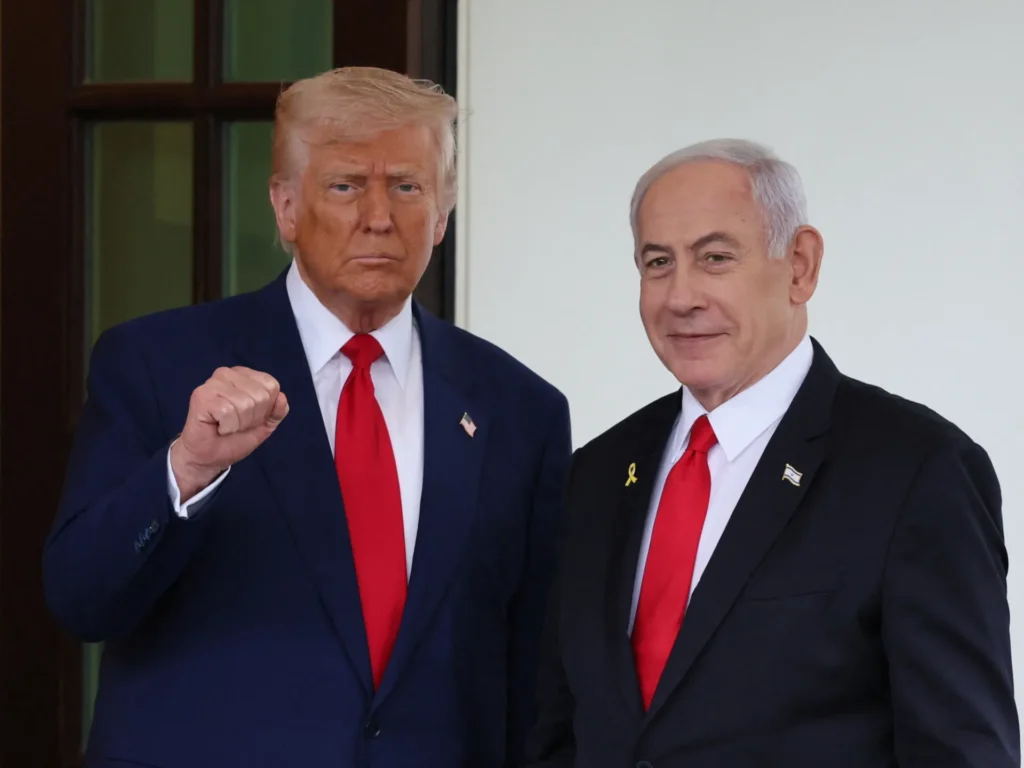
Trump and Netanyahu’s relationship—once marked by strong alignment—has turned increasingly strained. Sources report multiple tense phone calls about the duration of Israel’s campaign in Gaza and its military operations beyond its borders.
Trump’s frustration also stems from incidents like the Israeli airstrikes in Qatar, which targeted Hamas leaders and disrupted diplomatic talks. The strikes, widely condemned by Arab nations, prompted Trump’s team to craft the 20-point Gaza peace plan unveiled earlier this week.
Hamas’ Divided Response and Trump’s Ultimatum
Hamas took nearly five days to respond to the ceasefire proposal. U.S. officials attributed the delay to communication problems among Hamas’ military leaders in Gaza and disagreements within the group’s leadership over specific points.
Growing impatient, Trump issued a Sunday-night ultimatum demanding Hamas’ acceptance or risk facing “all hell” in Gaza. Surprisingly, when the group’s lukewarm response arrived, Trump chose diplomacy over escalation.
By treating Hamas’ statement as a step toward peace rather than rejection, he placed Netanyahu in a politically delicate position—either to welcome Hamas’ tone or risk alienating Washington.
The Political Stakes Behind the Ceasefire Plan
As the war nears its two-year mark, Trump faces increasing pressure both domestically and internationally.
- Some of his base, including figures like Marjorie Taylor Greene, have criticized Israel’s campaign as “genocide.”
- Trump himself sees a potential Nobel Peace Prize opportunity tied to a lasting Gaza truce.
- Netanyahu, however, must balance U.S. expectations with Israel’s internal security demands.
The Trump Hamas ceasefire plan has thus become more than a diplomatic effort—it’s a political test for both leaders.
The Road Ahead: Can Trump’s Ceasefire Vision Hold?
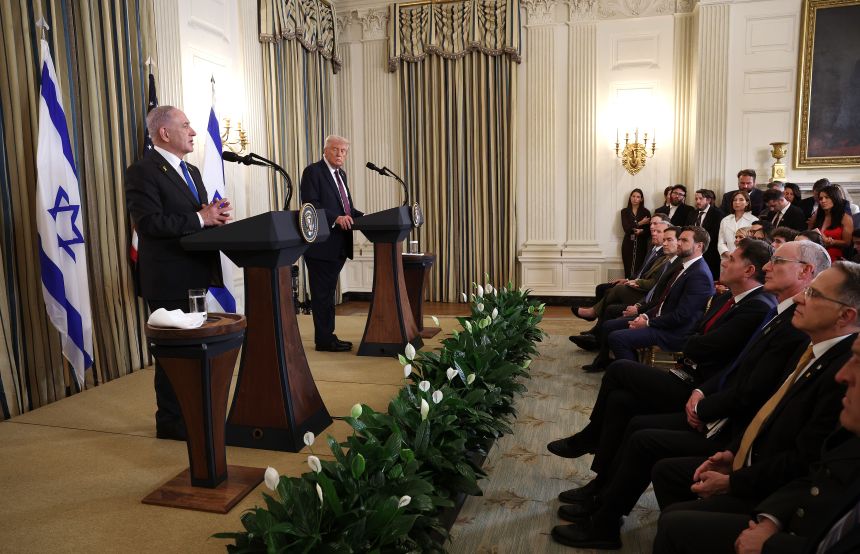
While Hamas’ response opened a window for dialogue, deep skepticism remains.
Negotiations led by Trump’s envoys in Egypt will determine whether the tentative framework can evolve into a lasting ceasefire.
Both Hamas and Israel have been urged to demonstrate restraint, but differences over disarmament, governance, and territorial control continue to threaten progress.
Still, Trump’s decision to frame the response as a milestone has shifted the global narrative—from endless conflict to cautious optimism.
Conclusion: A Political and Diplomatic Crossroads
The unfolding events around the Trump Hamas ceasefire plan have redrawn lines of power and perception in the Middle East.
Trump’s rapid claim of progress, his pressure on Israel, and his outreach to Arab nations have combined to create both hope and controversy.
For Netanyahu, the challenge is maintaining Israel’s security integrity while navigating the unpredictable diplomatic path set by Washington. For Trump, success could cement his image as a peacemaker—failure, however, could deepen divisions both abroad and at home.
In this high-stakes moment, one truth remains: peace in Gaza hangs on delicate political calculations, shifting alliances, and the unpredictable will of two powerful leaders.
